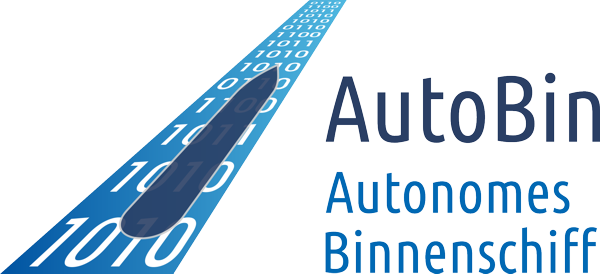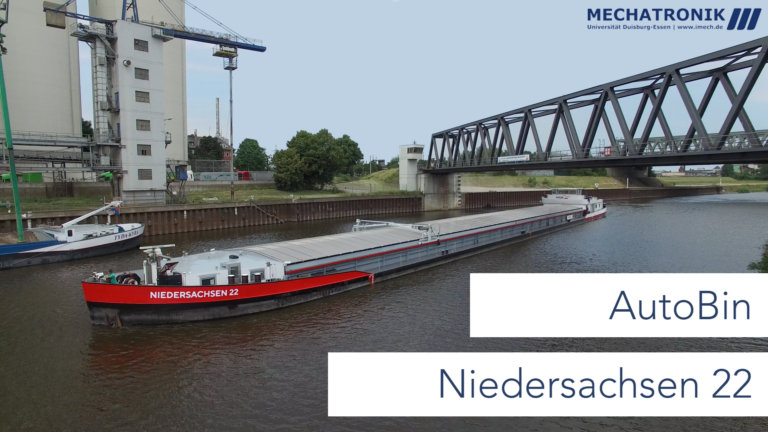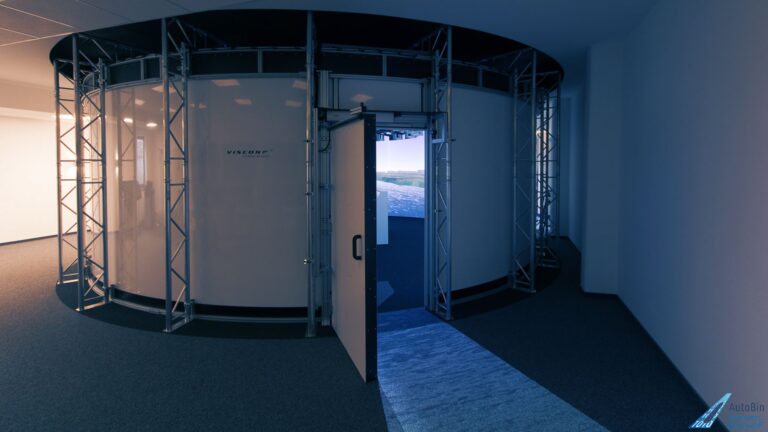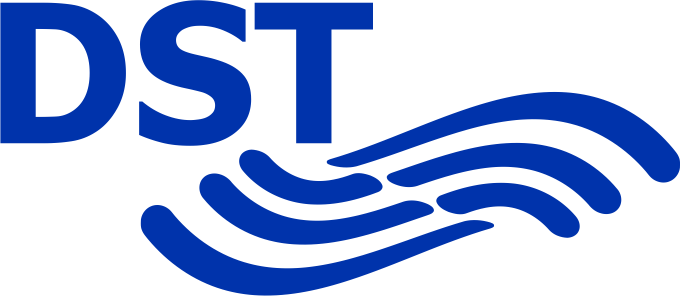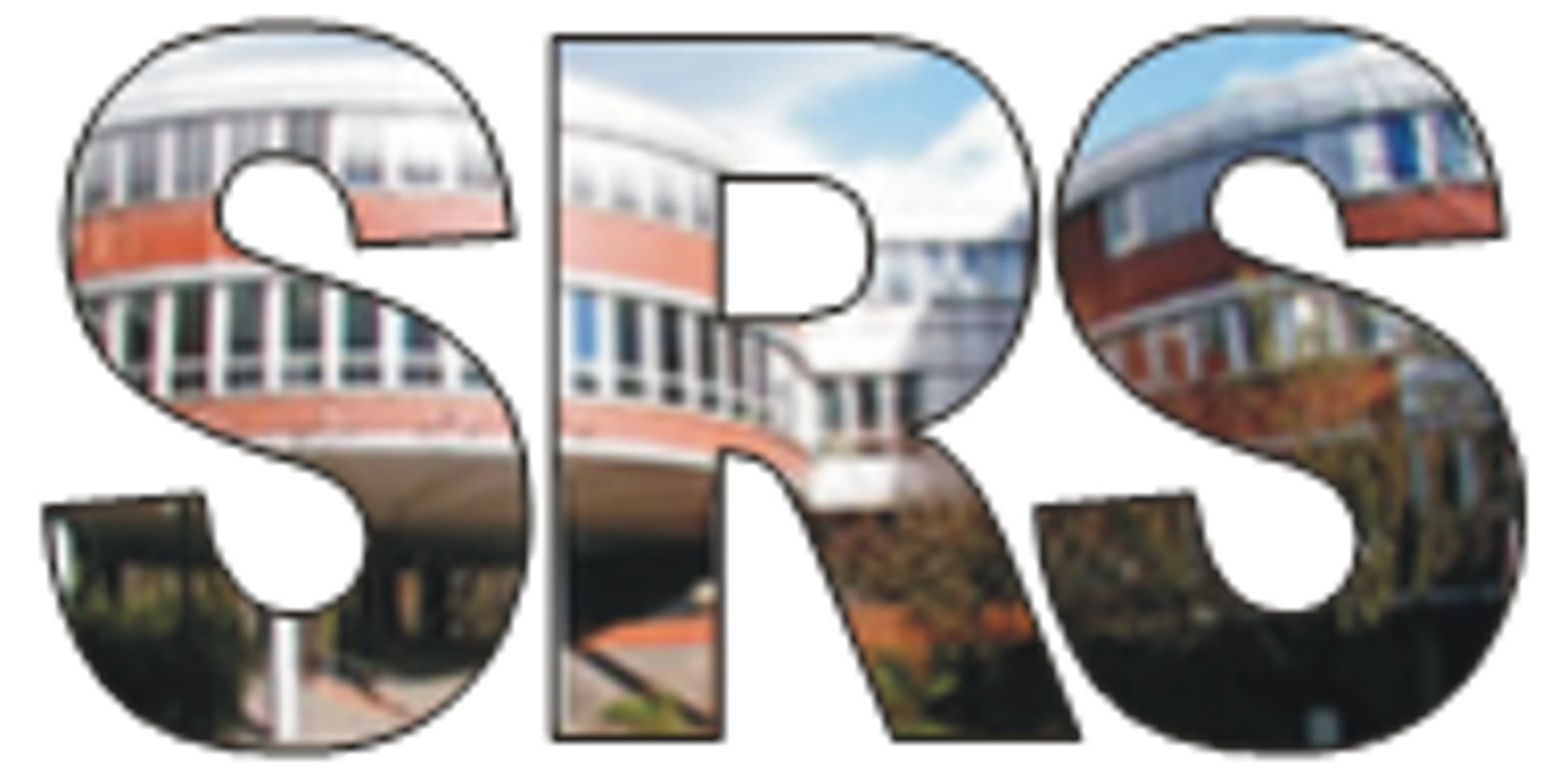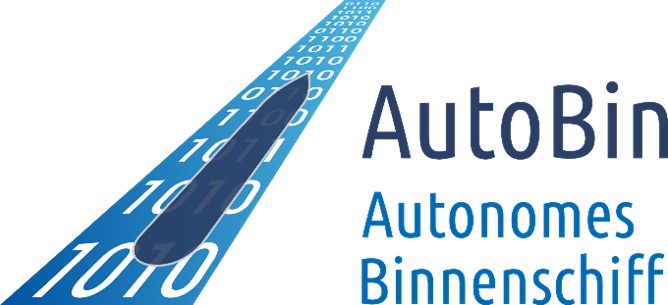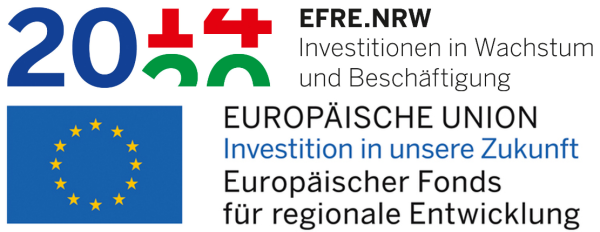2.1 Sensors
In the “Sensor Technology” work package, the Niedersachsen 22 of the HGK Logistic Group will be equipped with additional sensor technology. This will record the ship’s surroundings during the voyage. This allows obstacles and hazards to be identified. The sensor concept fulfills the requirements defined in WP 1.2. Within the concept, the direction of travel is detected by a lidar, a monocamera and a stereo camera. The rear area is detected by a lidar and a monocamera. The side areas are captured by a total of four mono cameras. The position and orientation of the barge are determined by a combined sensor module equipped with a dGPS module and inertial sensors. The sensor concept is rounded off by the ship’s existing internal radar.
The work package also includes the commissioning and integration of the sensor system on board the inland vessel. On the one hand, mounting options will be developed and implemented. On the other hand, the commissioning includes the implementation of a routine, which makes it possible to selectively record sensor data, pre-process it and save it in a database.
The sensor data obtained in this way can then be used to train AI-based methods. Thus, the recorded real data is made usable in the simulator in this way.
Related News
05.10.2021
The GMS Niedersachsen 22 is a typical dry cargo vessel with 100 m length and 10.5 m width. It is being operated by HGK Shipping GmbH and is mainly in service in the western german canal network between the Rhine and the Elbe. In the current video "AutoBin Niedersachsen 22" you will be taken on board of the test vessel.
